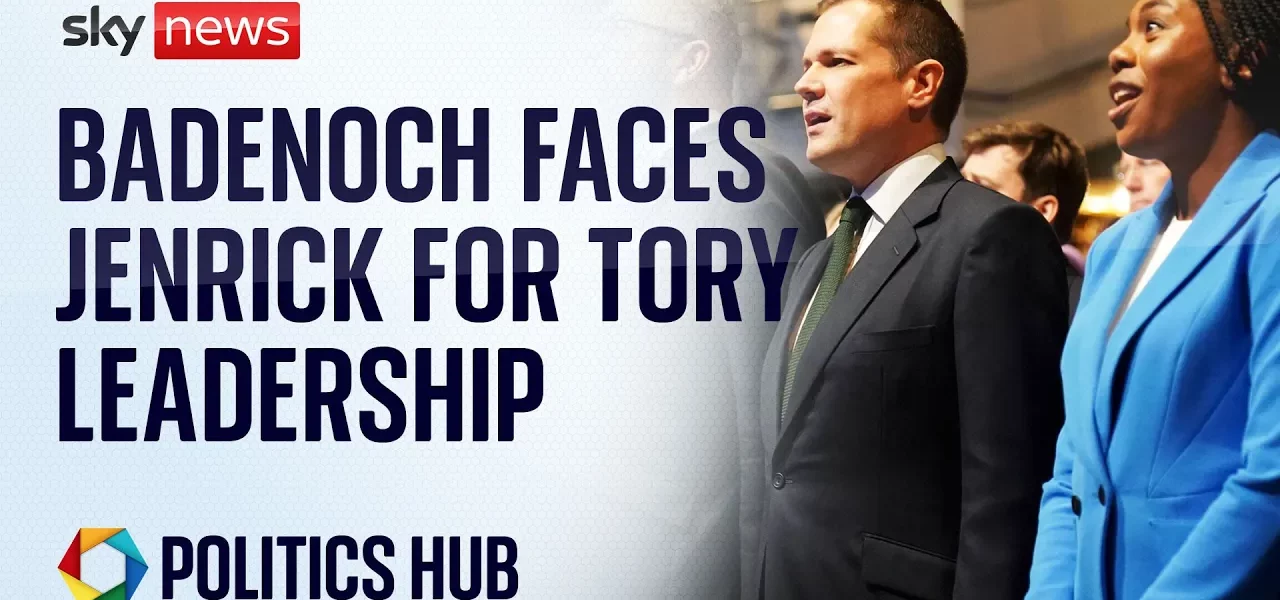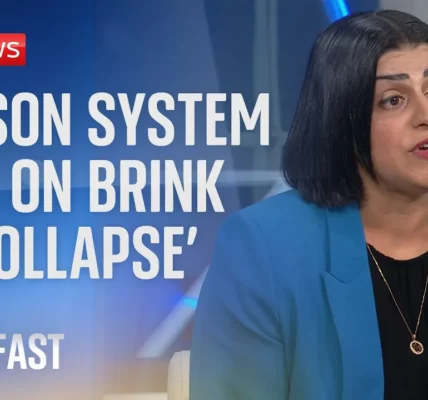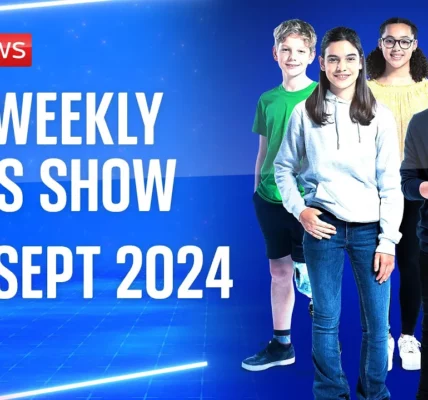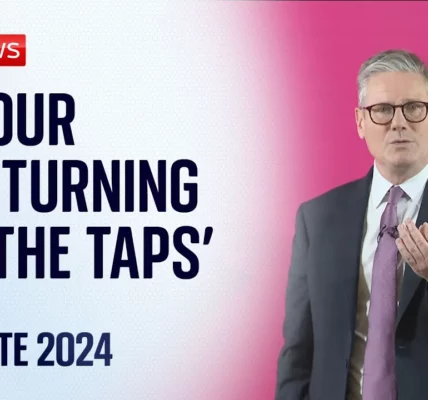The Shocking Elimination of James Cleverly: A Turning Point in the Conservative Leadership Race
The Shocking Elimination of James Cleverly: A Turning Point in the Conservative Leadership Race

In a surprising turn of events, the Conservative Party leadership race has taken a dramatic twist with the elimination of James Cleverly. This article delves into the key moments of the contest, the dynamics of MP voting, and the future implications for the party as it navigates this unexpected landscape.
Introduction
The Conservative Party leadership race has always been a turbulent affair, filled with unexpected twists and turns. The recent elimination of James Cleverly, who was considered a frontrunner, has left many political analysts and party members in disbelief. With Cleverly garnering only 37 votes against Kemi Badenoch’s 42 and Robert Jenrick’s 41, the race has shifted dramatically. This article aims to dissect the voting process, the impact of Cleverly’s elimination, and what this means for the Conservative Party moving forward.
The Voting Dynamics: A Closer Look
The voting process in the Conservative leadership race is critical in determining who has the backing of the party’s MPs. The elimination of Cleverly has raised questions about the strategies employed by various factions within the party.
Initial Round of Voting
The initial round of voting saw multiple candidates vying for support. Notably, James Cleverly emerged as a strong contender after the party conference, which bolstered his profile. However, the dynamics quickly shifted.
Subsequent Rounds and the Upset
As the rounds progressed, it became apparent that Cleverly’s supporters may have miscalculated their strategy:
- Cleverly started strong but lost ground in later rounds.
- Supporters shifted their votes to block other candidates, inadvertently harming Cleverly’s chances.
- The result was a shocking elimination of a candidate who once seemed destined for the final.
What Went Wrong for James Cleverly?
Despite Cleverly’s initial momentum, several factors contributed to his downfall:
Misjudging Support
Supporters believed that Cleverly had a secure position, leading to strategic voting that backfired. This miscalculation highlights the unpredictable nature of political alliances.
Impact of Rival Candidates
Both Kemi Badenoch and Robert Jenrick presented strong cases to the MPs, with Jenrick’s hardline stance on immigration resonating with certain factions within the party:
- Badenoch’s appeal to party members emphasized a need for bold leadership.
- Jenrick’s focus on controlling immigration helped solidify his support base.
The Future of the Conservative Party
With Cleverly now out of the race, the path forward for the Conservative Party becomes crucial:
Implications of a Rightward Shift
The party’s leadership will now likely be influenced by a right-leaning agenda. This shift poses both opportunities and challenges, particularly as it seeks to appeal to a broader electorate.
Rebuilding Trust with Party Members
For the remaining candidates, it is essential to rebuild trust with party members. This involves addressing key issues such as:
- Improving the National Health Service (NHS)
- Fostering economic growth
- Establishing effective immigration control
Conclusion
The Conservative Party leadership race has taken an unexpected turn with the elimination of James Cleverly. As Kemi Badenoch and Robert Jenrick advance, the party must navigate a complex political landscape. The outcome of this leadership contest will have significant ramifications for the party’s future and its ability to connect with the electorate. It is vital for party members to remain engaged and vocal as the race unfolds. Stay tuned for further updates and analysis on this evolving story.
“`




